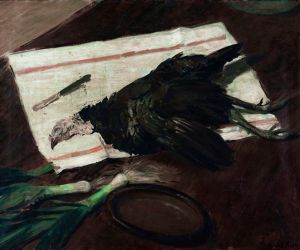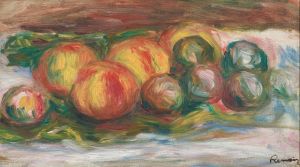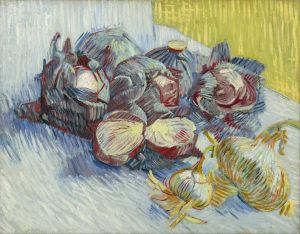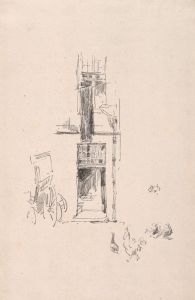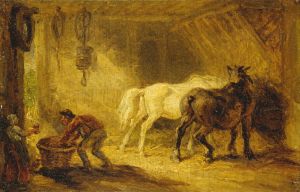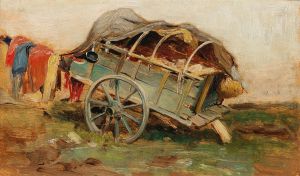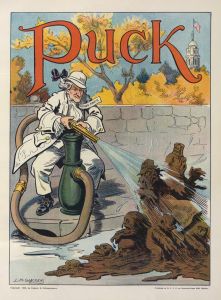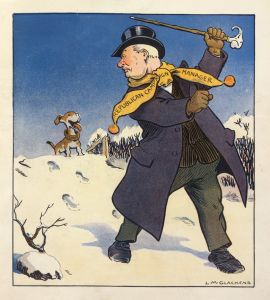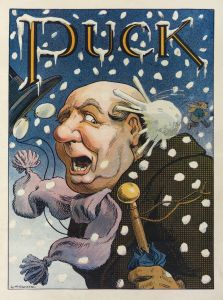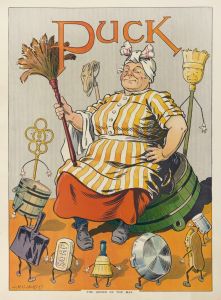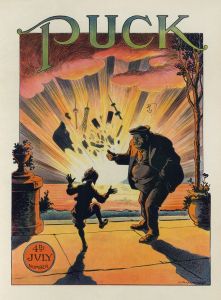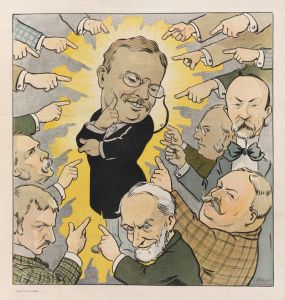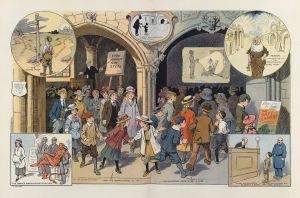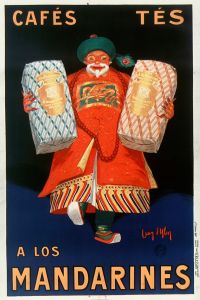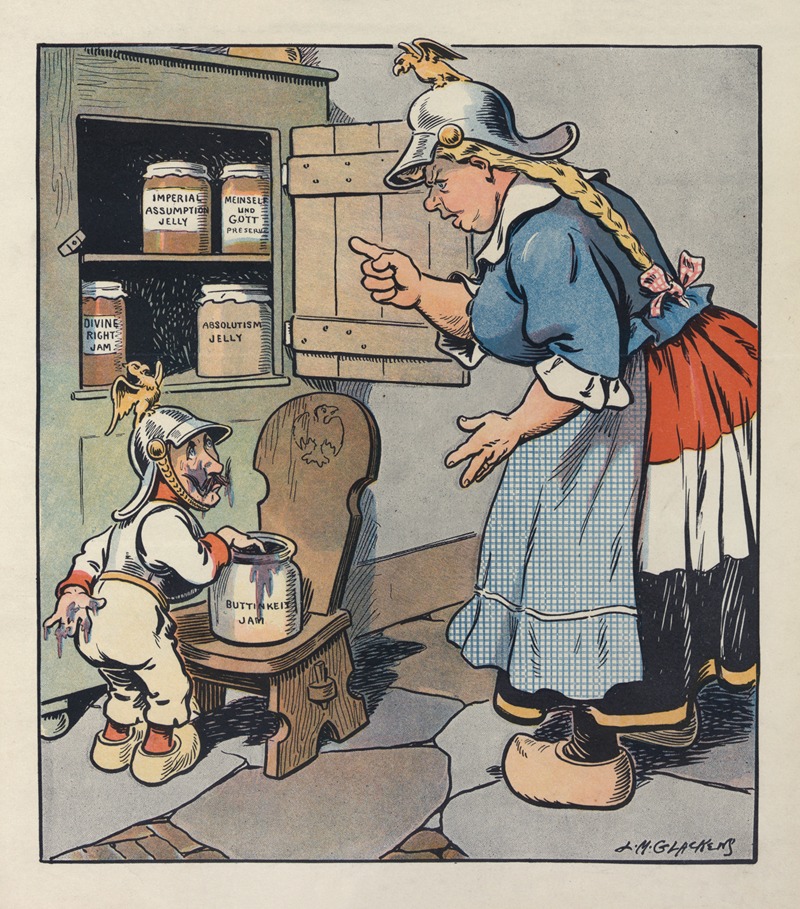
In the German jam closet
A hand-painted replica of Louis Glackens’s masterpiece In the German jam closet, meticulously crafted by professional artists to capture the true essence of the original. Each piece is created with museum-quality canvas and rare mineral pigments, carefully painted by experienced artists with delicate brushstrokes and rich, layered colors to perfectly recreate the texture of the original artwork. Unlike machine-printed reproductions, this hand-painted version brings the painting to life, infused with the artist’s emotions and skill in every stroke. Whether for personal collection or home decoration, it instantly elevates the artistic atmosphere of any space.
Louis Glackens was an American illustrator and animator, known for his work in the early 20th century. He was born in 1866 in Philadelphia, Pennsylvania, and was the brother of the famous painter William Glackens. Louis Glackens worked for the pioneering animation studio Bray Productions and contributed to various publications as an illustrator. Despite his contributions to the arts, detailed information about specific works like "In the German Jam Closet" is limited.
"In the German Jam Closet" is one of the lesser-known works attributed to Louis Glackens. Unfortunately, there is not much detailed information available about this specific painting, including its creation date, the context of its composition, or its current location. The title suggests a whimsical or humorous theme, which aligns with Glackens' known style, often characterized by playful and satirical elements. His work frequently appeared in magazines such as Puck, where he contributed cartoons and illustrations that often contained social and political commentary.
Louis Glackens' artistic style was influenced by the vibrant and dynamic art scene of the early 20th century. His illustrations often featured bold lines and vivid colors, capturing the lively spirit of the era. While his brother William Glackens was associated with the Ashcan School, known for its realistic and gritty depictions of urban life, Louis Glackens carved out his niche in the realm of humorous and satirical art.
The lack of specific information about "In the German Jam Closet" might be attributed to the fact that many of Glackens' works were created for ephemeral media, such as magazines and newspapers, which were not always preserved with the same care as fine art paintings. As a result, many of his illustrations and cartoons have not been extensively documented or studied in art historical literature.
Louis Glackens' contribution to animation is also noteworthy. He worked with Bray Productions, one of the first studios dedicated to animated films, during the 1910s. This period was crucial in the development of animation as a popular form of entertainment. Glackens' involvement in this burgeoning industry highlights his versatility as an artist and his ability to adapt to new forms of media.
In summary, while specific details about "In the German Jam Closet" are scarce, Louis Glackens remains an important figure in early American illustration and animation. His work reflects the cultural and artistic trends of his time, characterized by humor, satire, and a keen observation of society. Further research into archives and collections may one day shed more light on this particular piece and its place within Glackens' broader body of work.





